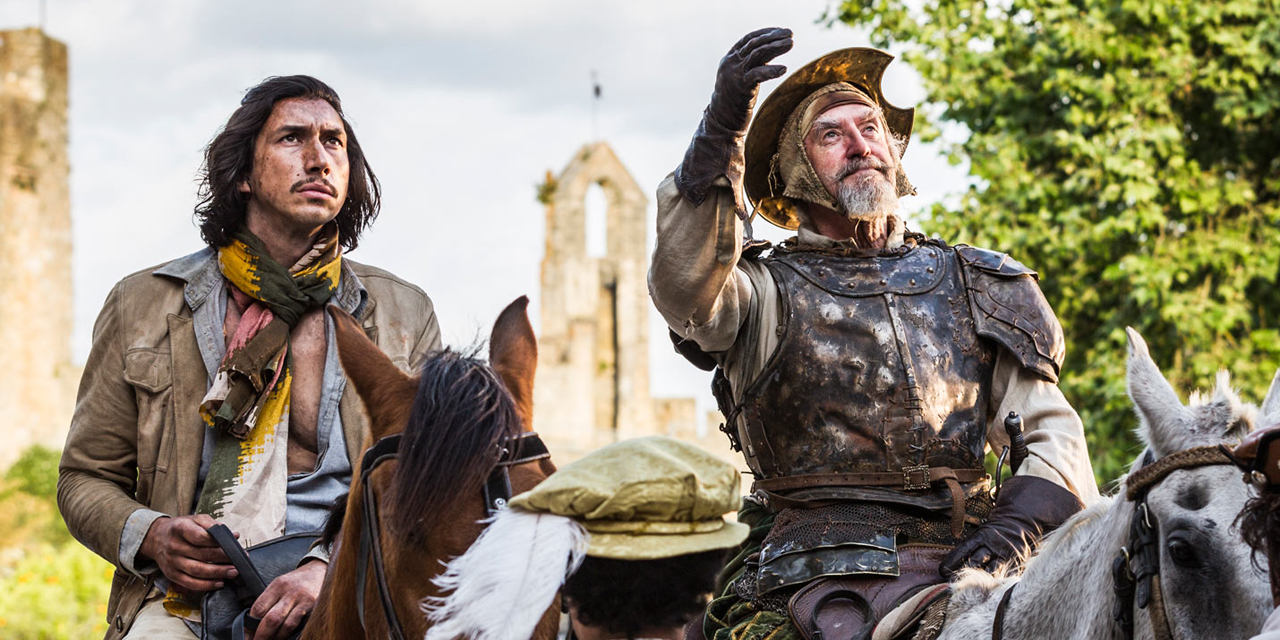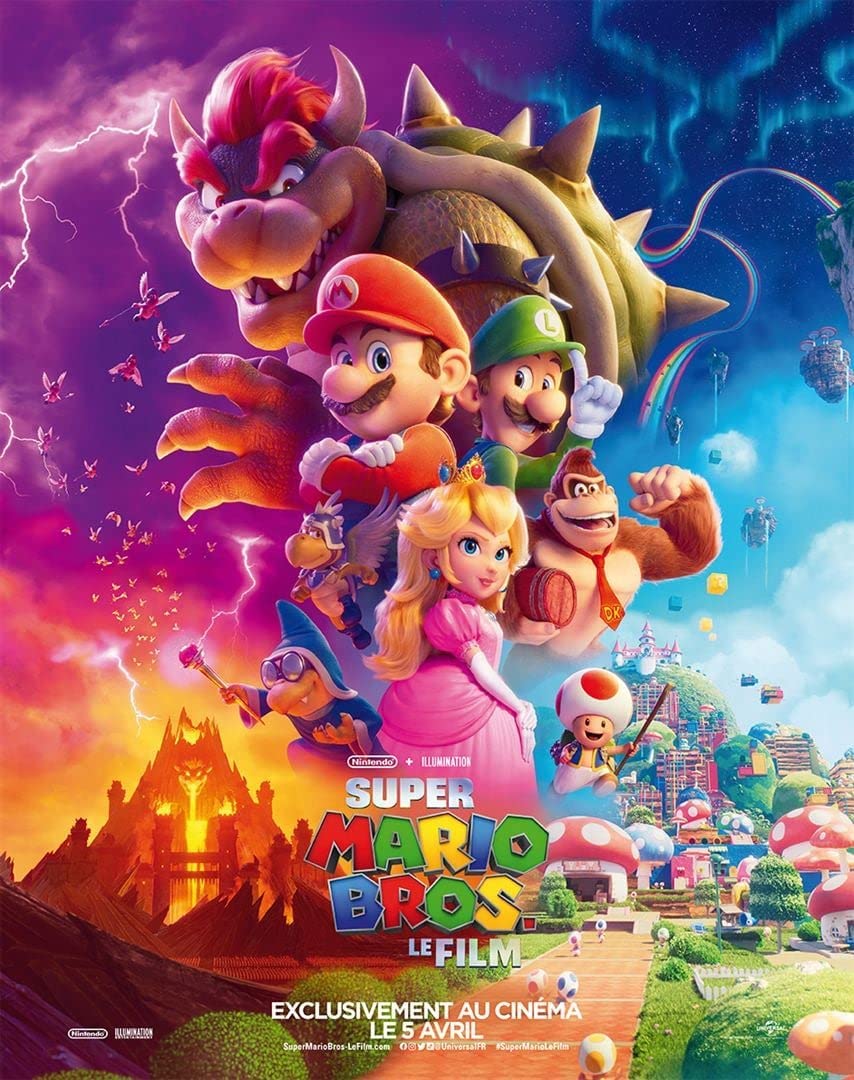20 years! That's how long it took to finally see The Man Who Killed Don Quixote. It almost didn't come out, especially because of a conflict with producer Paulo Branco. But here it is. His arrival has caused many fears, legitimate in view of the first trailer. God we were wrong. The man who killed Don Quixote is a marvel.
Do we still need to present the long gestation of Terry Gilliam's Don Quixote project? He started working on this project 20 years ago and started shooting it in 2000. The cast? Johnny Depp, Jean Rochefort and Vanessa Paradis. Excuse me for a minute. Victim of weather-cataclysmic conditions (Gilliam has fun in the 2018 version of his cursed film), planes that prevented any sound recording, as well as a back injury to Jean Rochefort, filming was finally stopped. For the next 18 years, Gilliam chased money so that he could carry out his life's work for good. The cast and script changed (Adam Driver and Jonathan Pryce replaced Depp and Rochefort). But the result is there.
The Man Who Killed Don Quixote is a work that exudes the love of cinema. A film that could have perfectly existed in the silent era. A true film that tells the passion of a storyteller, the film has a real "meta" side. Don Quixote is not just an adventure film. It's a film about cinema. It's hard not to see in Toby, a disillusioned young director, forced to make only commercials, a self-portrait of Terry Gilliam. Adam Driver as this cynical filmmaker is perfect. Cynical. This is how one might characterize the vision of the film industry according to Gilliam. The storyteller shows us a closed-minded industry, lacking culture (few seem to know the book Don Quixote), focused solely on money. An old man can die in front of their eyes that it hardly touches them. Fortunately there is our hidalgo, Don Quixote de la Mancha. 
It is also difficult not to have a thought for Jean Rochefort when the film begins. This one would undoubtedly have been the best Don Quixote ever. Fortunately, Jonathan Pryce, despite some excesses, embodies a very moving Don Quixote. This brings a certain form of naivety and innocence that causes a wind of freshness and madness. Don Quixote is also like Terry Gilliam. A dreamer, a fascinating storyteller (as shown in the scene where the hidalgo tells one of his misadventures to undocumented Moroccans). Like Terry Gilliam hanging on to make his film, Don Quixote flees reality and takes refuge in dreams and fantasy. A whimsical and funny character, we are very attached to this sick man. Because yes, it is actually an old shoemaker, Javier, who refused to return to reality after the shooting of a film in which he played the role of Don Quixote. And he moves us when he is mocked. Don Quixote cannot survive in the modern world. This is the message that Gilliam seems to share. Every dreamer cannot survive without becoming a buffoon. Despite this pessimistic message, Gilliam delivers a work of incredible poetry and crazy creativity. Was it worth waiting 20 years to see this movie? Definitely yes.
Still, the film is not free of all flaws. Although Gilliam used so-called "practical" special effects as much as possible, green backgrounds are often obvious. Post-production work is not always successful. Some shots, often related to the use of a wide-angle, make the image blurry and especially bring nothing in terms of cinematography. But it doesn't matter. That is not the point. The main thing is that Terry Gilliam gives us a fantastic and beautiful tale. Which would almost bring tears to tears. There are still some extremely disturbing scenes, which even if they allow us to understand the cruelty of the villain of the story, remain really embarrassing.
Was it worth waiting 20 years? Yes. A thousand times yes. Gilliam gives us a crazy movie. Of a poetry and elegance rare today. A real cinema film. The Man Who Killed Don Quixote is a film as crazy as the story of its shooting. A metaphysical film, a modern adventure film and a great film, The Man Who Killed Don Quixote meets all the expectations we had about this work. Cursed to the end, the most famous Spanish hidalgos is back and makes us dream. Despite some lengths in the last act, few films really allow us to travel to another world. And The Man Who Killed Don Quixote is undoubtedly the most beautiful journey possible.








































